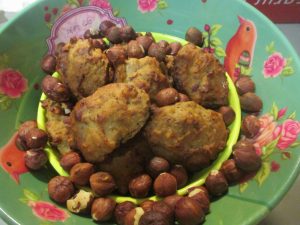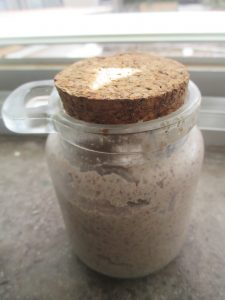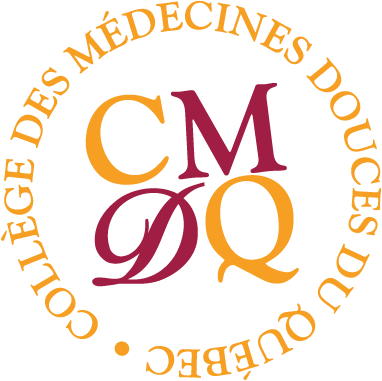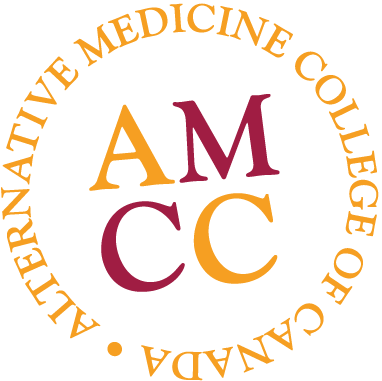Welcome back! for another sugar-free recipe in our series, where we found out how to reuse leftover sunflower seeds and coconut flakes, among others.
Today I offer you a dessert-recipe without sugar, because we like our desserts but the sugar-free section of the stores seems a little depressing on that level. So we roll up our sleeves and let’s do it ourselves!
Who said a house without sugar is a house without cookies or cake? Not me…
Moreover, often as part of your training at the AMCC, you will learn that being healthy and healthy does not necessarily mean sacrificing the little pleasures that life has to offer. We’re wise like that.
Ingredients and Manufacturing Method
For 6 people (provided that everyone likes them), we will get:
150 g flour
100 g of applesauce
75g unsalted Macadamia nuts
An egg
1 teaspoon liquid vanilla
another one of baking powder
A pinch of salt
Here’s the method:
We mix the compote, egg and vanilla because popular wisdom is that we mix separately the liquid products. Then, in an

other bowl (if you have one) we mix the flour, baking powder and salt. After chopping the Macadamia nuts, they are introduced into the mixture which includes liquids and solids (and now nuts).
You then make small balls and bake them in an oven preheated to 180 degrees. After about 20 minutes, the house already smells good. You can taste it but you have to wait until the cookies have cooled down a bit.
Total satisfaction in my house: two children want more, two preferred to leave it aside, my husband said it is very good but it is possible that he was just polite. As for me, I loved it: even without a sweet taste, it was light!
The Benefits of Macadamia Nuts
As for making recipes without sugar, you might as well give yourself a pat on the shoulder for the “healthy” ingredients in these cookies, I named macadamia nuts.
It should be noted first that although most nuts are acidic (in terms of pH after digestion), macadamia nuts (as well as hazelnuts) are basic. This information is taken from the chapter on the balance between acids and bases in Course 343 – Metabolism and Nutrition. As we know, most of us have a very acidic terrain and that is why a basic diet helps to balance the diet.
Also, it is one of the few foods that contains Omega 7. In fact, we do not need omega 7 so much, in any case not as much as its cousins 3, 6 and 9. Here is what says our tutor Dr. Vania:
“Two or three studies on hamsters suggest that omega 7s may have beneficial effects on insulin sensitivity and cholesterol metabolism. However, these studies have not yet been really tried and tested, and their relevance. must be proven in humans. ”
Macadamia nuts generally come from Australia, as does the eucalyptus radiata plant, which we discussed this month in the blog as an essential oil.
Here are the vitamins and minerals in one cup (134g) of these nuts:
- Fiber: 11.5 g (46% of the recommended daily amount!)
- Protein: 10.6 g (21% DV)
- Thiamine (107% DV)
- Iron 4.9 mg (27% DV)
- Manganese (277% DV)
- Copper (55% DV)
- Fat: 102 g (156% DV)
We also take the opportunity to review the notion of the PRAL index, dealt in our holistic nutrition courses.
PRAL and Acid Foods
The PRAL index measures the acidity of residue after digestion and assimilation (or more simply, the waste in urine), while pH measures the acidity of the food itself. There is not always a correlation between the pH and the PRAL index. For example, lemons are acidic, but the residues they produce in our body are alkaline (-2.31 according to the PRAL index table, available in our courses). Reverse example: meat shows an alkaline pH outside the stomach, but leaves an acidic residue after digestion. So the meat is acidifying. Almonds are in the same case as meat. Fortunately, these “paradoxical” cases represent a minority of all foods.
Also, alkaline foods are not necessarily much more digestible and beneficial. There is a lot of talk about the dangers of acidity, but over-alkalizing the body can be just as dangerous. What to look for is an acid-base balance. And indeed, sauces, dips, lemonades are a good way to achieve this balance: just sprinkle an acidic food with an alkalizing juice, or vice versa.
It is therefore not a question of systematically choosing alkaline foods, but of restoring the acid-base balance. If the patient suffers from much acidity, so yes, it is necessary to prescribe dried fruits preferably (and especially raisins), while keeping in view that the dried fruits are less nutritious than the corresponding fresh fruits.
Dried fruits are generally alkalizing. This is because the acids contained in these fruits are reduced, in large part, to the state of alkaline salts, by the effect of oxygenation. This is the case with the organic acids contained in the grape (malic acid in the center of the grape and tartaric acid in the periphery of the grape). After drying, all that remains of these acids are alkali salts such as sodium bicarbonate, calcium carbonate, etc.
Bonus Recipe to Use Your Leftover Nuts

Here’s a great recipe if you like (pea)nut butter:
Stir in nuts, a bit of salt and some oil (I used nutty oil because that’s what I had on hand, also a left-over from
holiday season) and mix with a mixer (one of those S-blades). You get a delicious and cheap nut butter, much better than those sold in the stores. I’ve got also a picture for you:
Have a nutty day!
If you liked this article, you might also like:




Leave a Reply